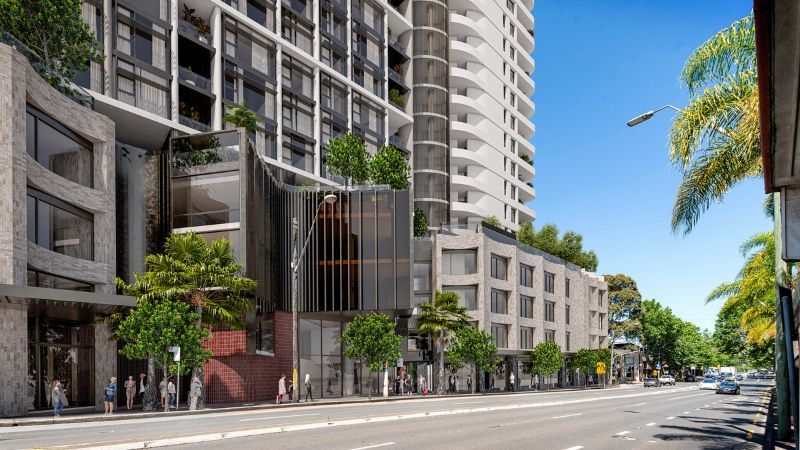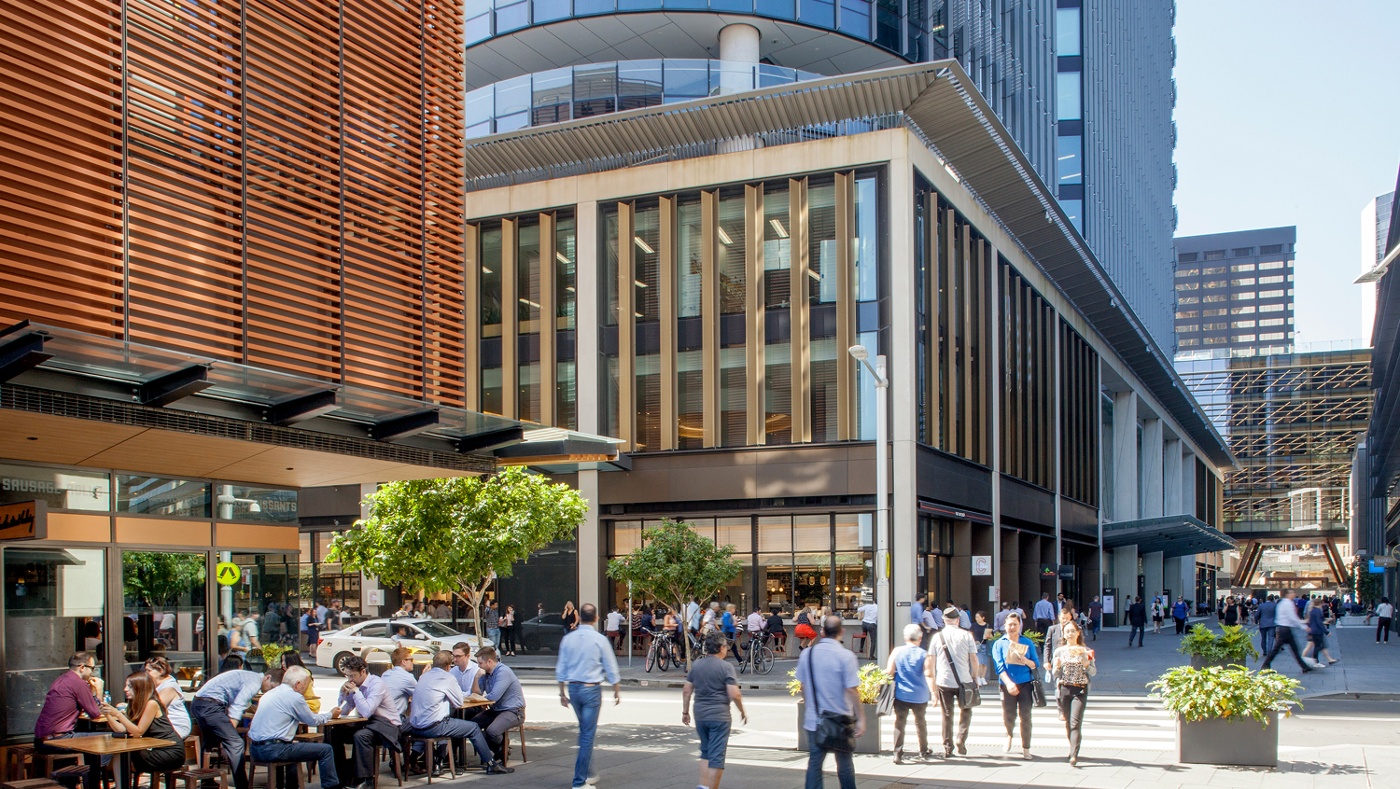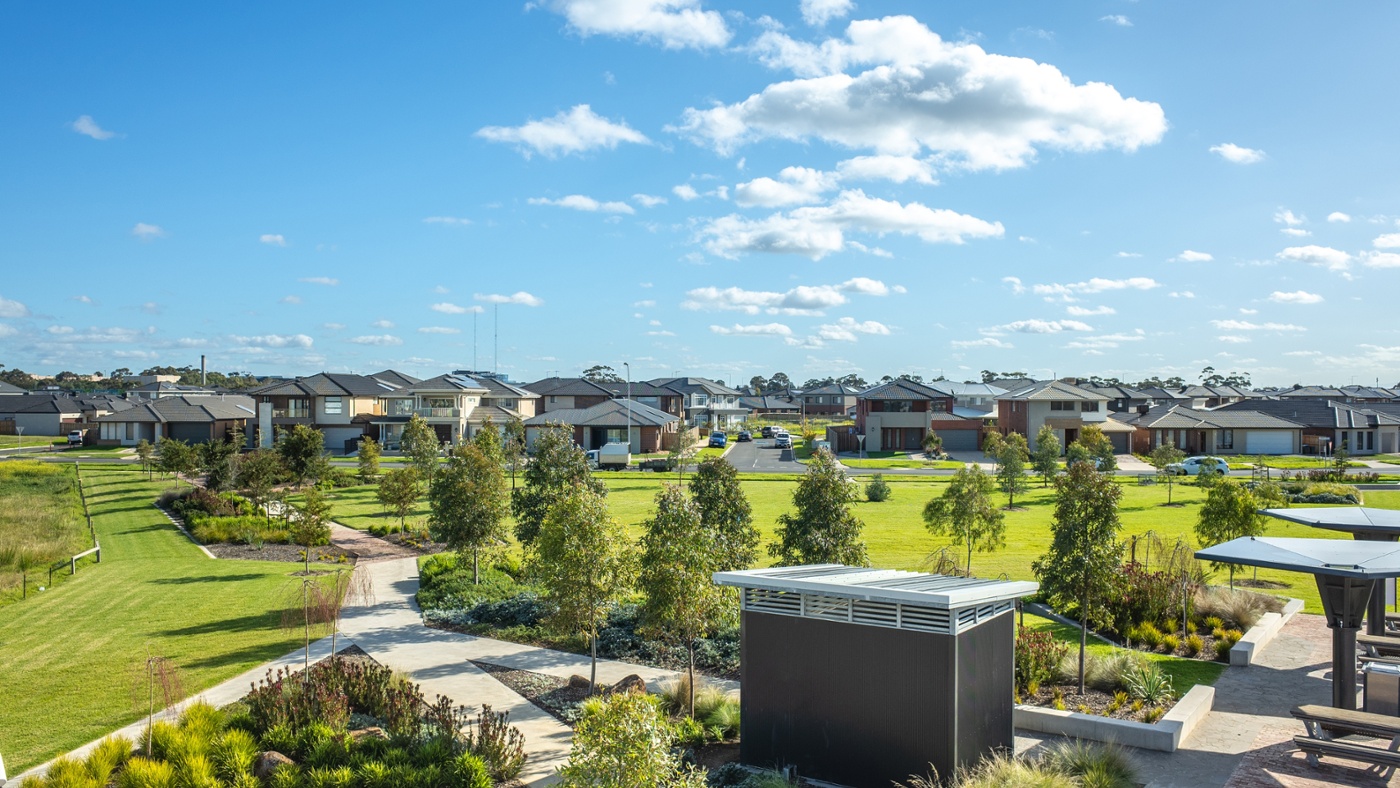Projects making the most of infill housing reforms were lodged within days of the NSW Government introducing them in December last year.
The reforms, the latest in a series of attempts to encourage more affordable housing that offer a bonus of up to 30 per cent, are a “genuine and tangible outcome that has the ability to change feasibility,” Ethos Urban director of planning and residential sector lead Clare Swan says.
“We had projects lodged within days of the Housing SEPP changes and other clients looking to revisit their DA approval for the 30 per cent affordable housing bonus,” she says.
“Some are under construction and looking to pivot, seeking the additional height and density from providing a more significant proportion of affordable housing in their project.”
The reforms include a height bonus (applicable to residential apartments and shoptop housing only) and a floor space ratio (FSR) bonus of 20 to 30 per cent for projects that include at least 10 to 15 per cent of gross floor area (GFA) as affordable housing.
Deicorp have already taken advantage, adding 60 apartments and five storeys to its Five Ways Crows Nest project.

Deicorp applied to expand its Crows Nest project this month after the Housing SEPP changes were introduced.
The industry reacts
Swan says it was high time the changes were implemented.
“For a long time the industry has been ready to respond to real incentives whether to provide affordable housing or other public benefits,” she says.
“Given the pressing issue of the NSW housing crisis, there was much promise and optimism surrounding the reforms as they signalled a bold agenda to deliver more housing.
“The industry is now in the position of road-testing these provisions in their feasibilities and also seeking to understand how the changes will work in practice.”

Ethos Urban’s Clare Swan specialises in Sydney CBD applications and recently worked on the 175 Liverpool Street mixed-use development.
However, the changes did not address all the complexities of preparing an application.
“This includes the interaction between conflicting provisions in a DCP and the application of the Affordable Housing Bonuses,” Swan says.
“For instance, there’s a desire for clarity on how the affordable housing bonus will operate independently as an incentive, particularly regarding height and floor space allowances.”
Recent advice from the Department of Planning suggested that a Clause 4.6 report may be required, adding an additional layer of complexity and cost, she says.
North Sydney-based developer Fiducia focuses on boutique residential apartments, but has invrested in affordable and accessible apartments.
“In some ways it barely scratches the surface,” Fiducia development director Marie Doyle says.
“There is a missing connection between what’s being created and actually getting that to the people that need it.

Fiducia’s Northbridge development is a collection of 33 homes, including affordable units.
“We also have to ask, is this actually going to make a project feasible? Is an increase of density going to allow developers to make significant gains and are they really contributing significantly to the pool of affordable housing?”
“I’m not sure they address all the needs of what those reforms are aiming for.”
Head of acquisitions for Third.i Group Florian Caillon says the developer is moving into the affordable housing space, including 15 per cent affordable housing for its Crows Nest Metro Station project.
“I give them a lot of credit for what they’re trying to do but it still needs a little work around the economics,” he says.
“It’s great that you can get more height and FSR but costs increase at the same time. It can be hard to make that model stack up in Sydney metro areas.”
Bridging the gaps
Doyle says that there needs to be a more “joined up” approach, not just with affordability but will all controls placed on developments.
“When we’re building a luxury apartment building, the council requires that we have all of these adaptability, affordability and accessibility controls and measures.

“We do projects for profit, not practice,” says Fiducia’s Marie Doyle, pictured with chief executive Ben Doyle.
“There’s a lot of people in need of those types of apartments and they are not getting marketed to or simply can’t afford to be in that apartment.
“Certainly in the eastern suburbs of Sydney, anything on the Lower North Shore, every one of those buildings has accessible and adaptable apartments but I can only name one that has had a person who needs those accessible and adaptable elements move in.”
But despite these reforms, we need more systemic change to enable the provision of housing of all types, Caillon says.
“We need the NSW Government to expedite the process of planning, a development application app based on merit that supports density and doesn’t overshadow or affect heritage or parks, one that has an urban design outcome that benefits the community at large.
“The State Government needs to get involved earlier and push that through.”

A render of the Woods Bagot-designed Crows Nest tower project by Third.i.
Ethos Urban planning director Andrew Duggan agrees that assessment times are a major issue.
“I started in planning more than 25 years ago and back then, a four-month assessment period was seen as a long and drawn-out process,” he says.
“Today, I regularly tell clients to expect DA assessment times of 12 to 18 months. Some of these factors are not all in the control of the NSW Government, however the proliferation of referrals and panels has definitely slowed up the system.”
Despite the potential challenges, these reforms indicate something wider, Swan says.
“Without such initiatives, it’s unlikely that progress would occur, leaving affordable housing strategies to the discretion of individual councils,” she says.

Third.i. head of acquisitions Florian Caillon: The government needs to get involved earlier.
Authorities across the board have proposed or implemented welcome reforms such as allowing affordable housing providers to go through an alternate design excellent process, pattern books, medium and low-rise housing and build-to-rent changes in the Housing SEPP build-to-rent changes, she says.
“Additionally, the State Government commitment to bold planning reform is crucial, particularly in the face of potential opposition from councils.
“Past experiences have shown that initiatives can be watered down or exemptions granted, undermining the effectiveness of reforms.
“However, with the housing crisis pressing, it’s essential to stick to a comprehensive plan and ensure its implementation at both state and local levels.
“While not every aspect may be perfect, the cost of inaction is too high.”
Clare Burnett, 26th February 2024
This article originally appeared in The Urban Developer – the leading online source of news and information for the property and urban development industry in Australia – republished with permission. For more information, please visit: www.theurbandeveloper.com
Related Insights

NSW Low and Mid-Rise Housing Reforms

Ethos Urban to join Colliers

NSW Government Releases Industrial Lands Action Plan






